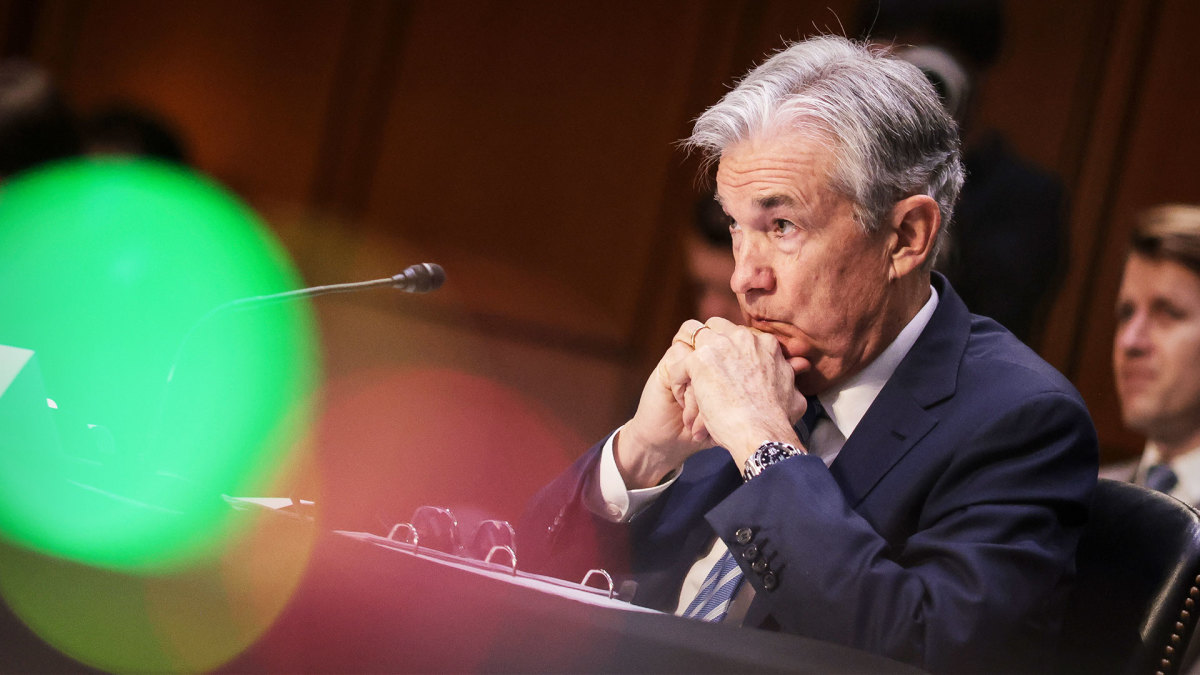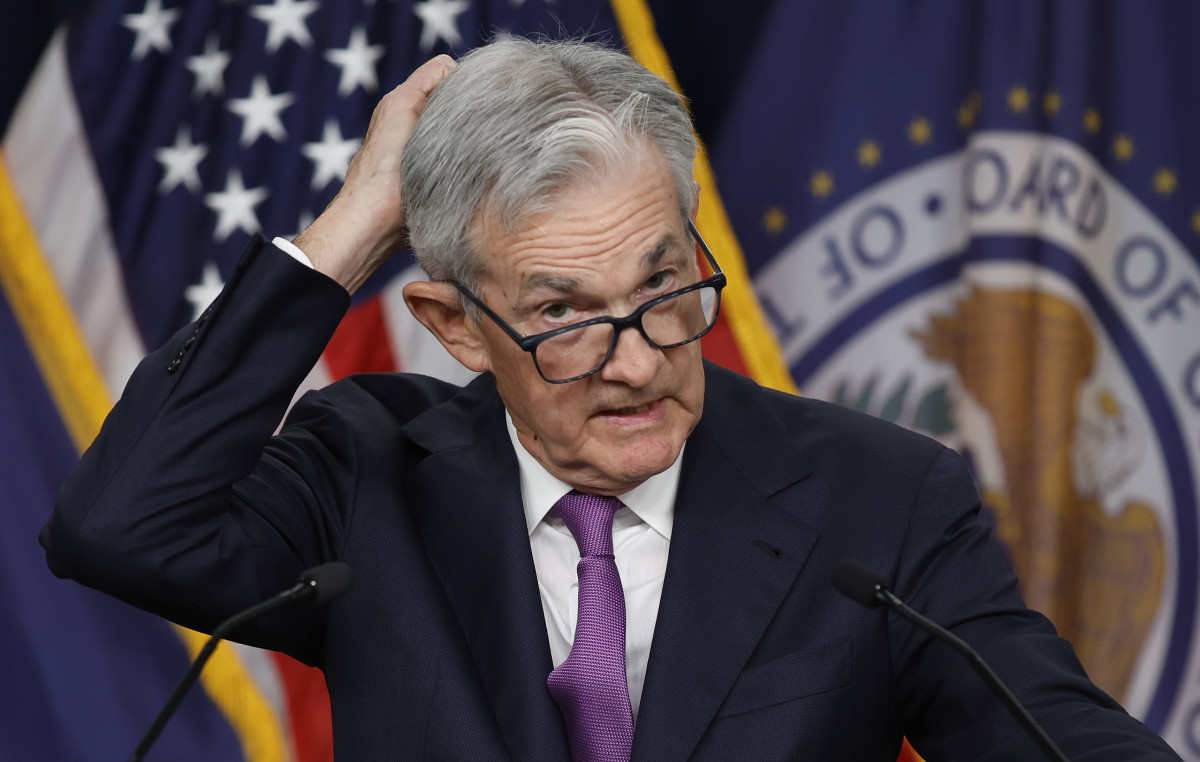
About two years ago, many economists anticipated a recession.
One of them was Harvard’s Larry Summers, a former Treasury secretary. He noted that anytime in the past 65 years when inflation rose above 4% and unemployment fell below 5%, the economy entered a downturn within two years.
Inflation peaked at 9.1% in June 2022 and registered at 3.2% in February 2024. Unemployment stood at 3.9% in February 2024.
Those who warned of a recession believed interest-rate increases by the Federal Reserve would do more than diminish inflation. They maintained that the tightening also would throw the economy into reverse by crushing demand. That’s what’s known as a hard landing.

Fed Rate Hikes, Shifting Views
The Federal Reserve launched a historically intense rate hike campaign, pushing rates 5.25 percentage points higher from March 2022 to July 2023.
Related: Bond markets tell Fed rate story that tech-powered stocks still ignore
While the rate increases did push home sales down by making mortgages more expensive, consumer spending continued to grow.
That’s important because the consumer sector accounts for over two-thirds of GDP. Personal spending rose 2.2% last year, helping to push GDP up 2.5%.
With growth buoyant and inflation sliding, many economists maintain that we’ve achieved a soft landing. That refers to a slowdown in inflation accompanied by an economy that still grows.
In December, Fed officials forecast that falling inflation would permit three interest-rate reductions this year. In the early days of 2024, investors got slap-happy over the idea of rate cuts, with interest-rate futures suggesting six to seven rate cuts.
But with inflation staying above 3% and the economy growing a buoyant 3.2% annualized in the fourth quarter, experts have started changing their tune.
Vanguard’s Take on Economy, Rates
Vanguard Chief Economist Roger Aliaga-Díaz is one who has adjusted his view. “The U.S. economy has proved far more resilient than anyone could have expected, despite the Fed’s efforts to cool it,” he said.
More Economy:
- Fed members just hat-tipped what's next for interest rates
- Retail sales tumble clouds impact of inflation data
- Jobs report shocker: 353,000 hires crush forecasts, stokes inflation fears
“The Goldilocks outcome of strong growth and lower inflation was achieved by a timely expansion in the supply side of the economy. That’s mainly better-than-expected gains in the workforce and productivity.”
As a result, Vanguard has revised its forecast to encompass “stronger growth, a sturdy labor market, stubborn inflation, and a Fed that will move cautiously toward its first rate cut.”
The Fed finishes its latest policy meeting Wednesday and is widely expected to leave rates unchanged.
Vanguard predicts GDP growth of 2% this year, up from its prior forecast of 0.5%, with unemployment around 4% at year-end.
On the price front, given strong demand, “we continue to see the ‘last mile’ of the inflation fight as the most difficult,” Aliaga-Díaz said.
The Fed’s preferred inflation measure, the core personal consumption expenditures price index, won’t slide smoothly to the Fed’s 2% target, he said. Vanguard predicts a rate of 2.6% for this year. The rate was 2.8% in January.
That persistent inflation and the potential rapid easing of financial conditions will make the Fed cautious about cutting interest rates, Aliaga-Díaz said. “It’s entirely possible that the Fed may not be in a position to cut rates this year.”
That dovetails with the view of Torsten Slok, chief economist of Apollo Global Management, who forecast no Fed rate cuts for this year earlier this month.
The central bank has led us into an “era of sound money, with interest rates above the rate of inflation,” Aliaga-Díaz said.
And what does this mean for investors? “Having a balanced and diversified investment portfolio is always important,” Aliaga-Díaz said. “Sound money provides a solid foundation for long-term risk-adjusted returns.”
Related: Veteran fund manager picks favorite stocks for 2024







